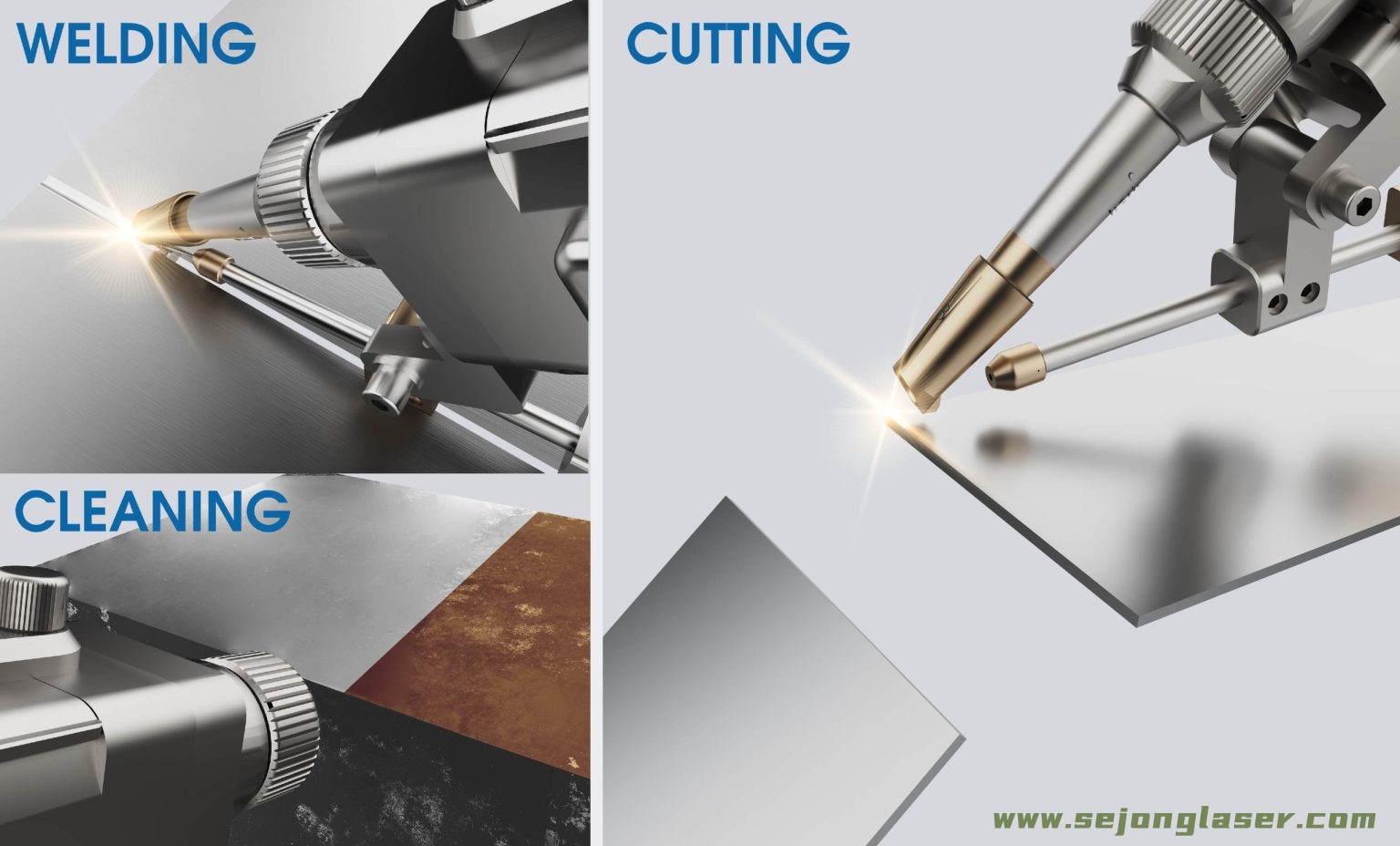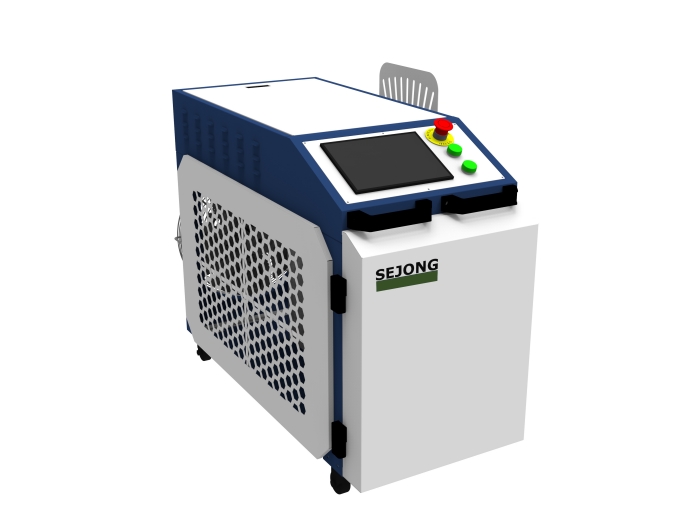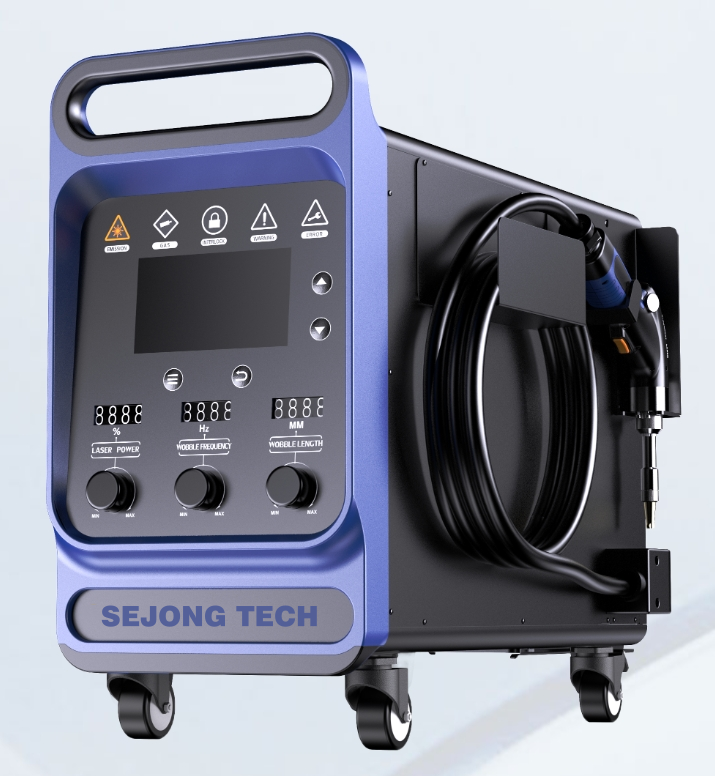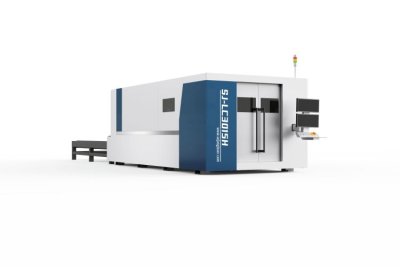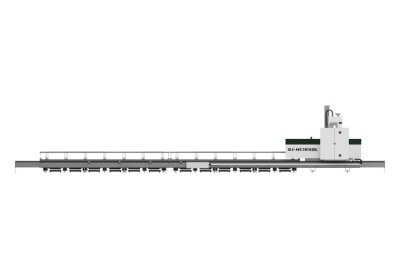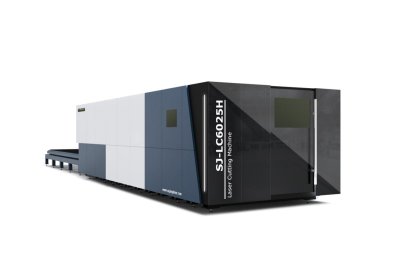The Cooling Methods for Laser Welding Machines
Laser welding machines primarily utilize the following cooling methods:
1. Water Cooling:
- Features: Uses circulating water to dissipate heat, offering high efficiency and suitability for high-power equipment.
- Advantages: Excellent cooling performance, maintaining stable equipment temperature.
- Disadvantages: Requires regular maintenance to prevent scaling and corrosion.
2. Air Cooling:
- Features: Utilizes fans or blowers for heat dissipation, suitable for low-power equipment.
- Advantages**: Simple structure and easy maintenance.
- Disadvantages**: Cooling efficiency is lower than water cooling, potentially insufficient for high-power devices.
- Features**: Employs refrigerants (e.g., Freon) in a compression cycle for cooling.
- Advantages**: High cooling efficiency, suitable for high-power equipment.
- Disadvantages**: Complex system and higher costs.
4. Thermoelectric Cooling**:
- Features**: Uses the thermoelectric effect (Peltier effect) for cooling.
- Advantages**: No moving parts, high reliability, suitable for small devices.
- Disadvantages**: Limited cooling capacity, more suitable for low-power equipment.
5. Oil Cooling:
- Features**: Circulates oil to dissipate heat, suitable for specific high-power equipment.
- Advantages**: Effective cooling performance, ideal for high-temperature environments.
- Disadvantages**: Complex system and higher maintenance requirements.
Selection Criteria:
- Power**: High-power equipment typically uses water or refrigerant cooling, while low-power devices may opt for air or thermoelectric cooling.
- Environment**: Oil cooling is suitable for high-temperature environments, whereas water or air cooling is preferred for general conditions.
- Cost**: Air and thermoelectric cooling are more cost-effective, while water and refrigerant cooling involve higher costs.
Choosing the appropriate cooling method based on specific needs ensures stable and efficient operation of the equipment.
